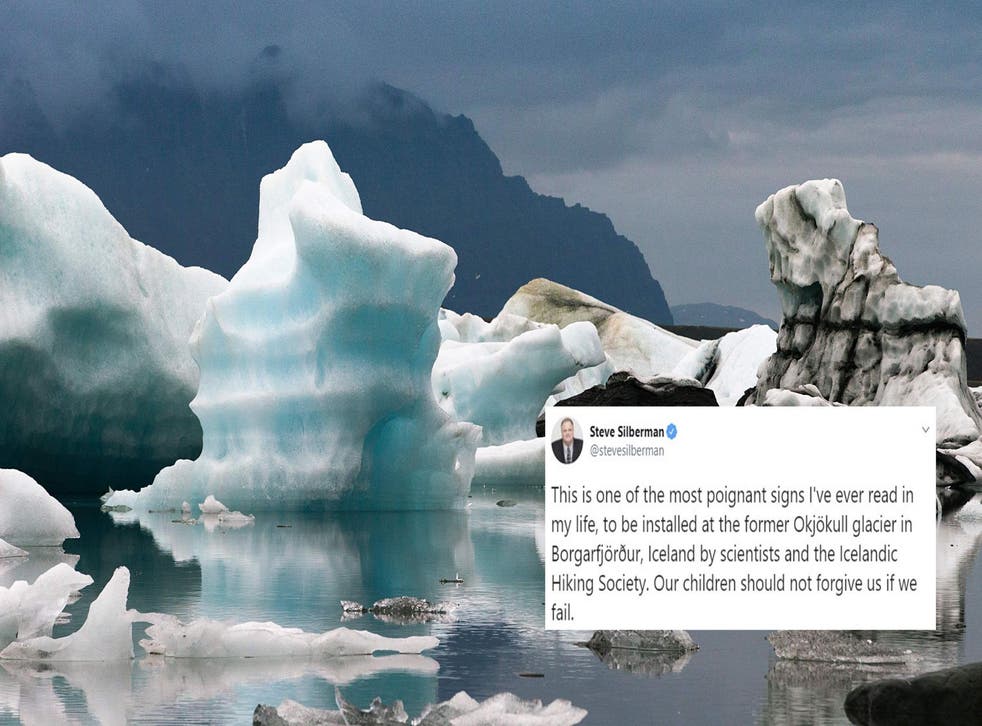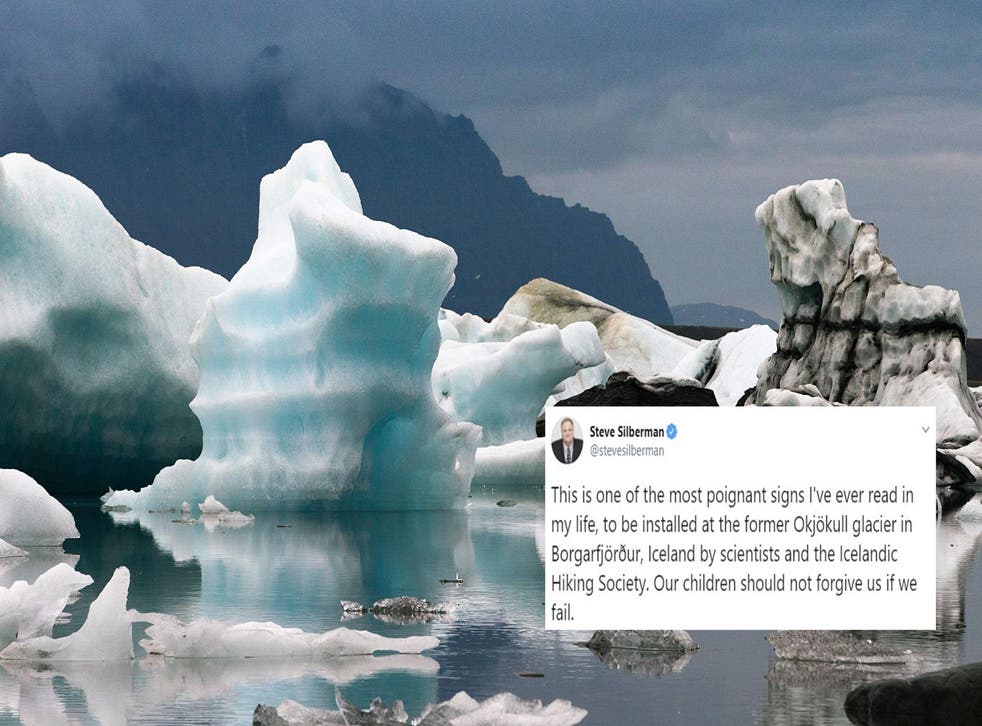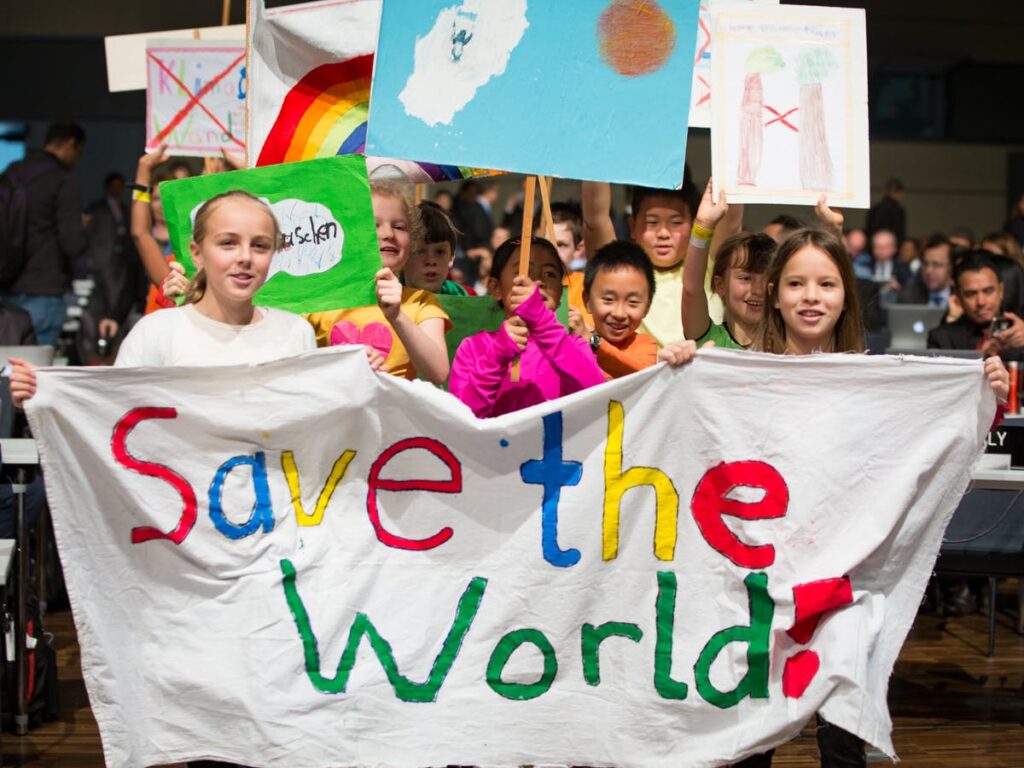Climate change is a global occurrence of climate transformation marked by changes in the planet’s normal climate (temperature, precipitation, and wind) driven primarily by human activity. The sustainability of the planet’s ecosystems and the future of humanity and the stability of the global economy are all threatened due to unbalanced weather on Earth.
Many gases, such as carbon dioxide (CO2) and methane (CH4), exist naturally in the atmosphere and contribute to global warming by trapping heat from the sun, a phenomenon known as the greenhouse effect. The impact is advantageous when the proportion of such greenhouse gases in the atmosphere is stable, making surface temperatures warmer and reducing temperature oscillations.
On the other hand, human activity is raising greenhouse gas concentrations in the atmosphere, which is already causing average temperatures to climb, which melts the snow on mountains. Although much of this ice is in the Arctic and Antarctic, changes in these polar regions affect the entire planet as ice melts.
Scientists are now investigating how much the Earth’s frozen regions influence the rate of climate change. The cryosphere has influenced climate change in various ways, including interactions with other elements of the system and feedback that accelerate global warming. Furthermore, melting ice has other consequences for the Earth, such as rising sea levels.
What is Climate Change?
Climate refers to a location’s overall weather conditions over a long period. Maine, for example, has a chilly and snowy winter climate, whereas South Florida has a balmy environment all year. Present-day weather and climate are monitored by Earth-orbiting satellites, remote meteorological stations, and ocean buoys, while palaeoclimatology data from natural sources such as ice is utilized to reconstruct the past.
Experts have extended the Earth’s climatic records back millions of years thanks to cores, tree rings, corals, and ocean and lake sediments. These data provide a comprehensive picture of the Earth’s atmosphere, oceans, land surfaces, and cryosphere over time (frozen water systems). The words ‘climate change’ and ‘global warming’ are frequently used synonymously, global warming refers to the recent increase in the global average temperature near the Earth’s surface.
Causes of Climate Change

The physics of the Earth’s climate system are straightforward. The globe cools when energy from the sun is reflected off the Earth and back into space (primarily by clouds and ice) or when energy is released from the Earth’s atmosphere. The globe warms when it absorbs the sun’s energy or when atmospheric gases prevent the Earth’s heat from radiating into space (the greenhouse effect). The Earth’s climate system can be influenced by a range of natural and human influences.
- The Earth experienced periods of changes in climate way before the existence of humans. The sun’s intensity, volcanic eruptions, and variations in naturally existing greenhouse gas concentrations are all factors that can contribute to climate change. However, data show that current climate warming—particularly that which has occurred since the mid-twentieth century—is occurring at a considerably quicker rate than ever before. It cannot be explained only by natural processes.
- Humans, primarily the greenhouse gas (GHG) emissions produced by human activities, are the primary cause of today’s rapidly changing climate. Greenhouse gases are vital in keeping the world warm enough for humans to live on. However, in recent decades, the number of these gases in our atmosphere has increased dramatically. The primary source of human-generated emissions is the combustion of fossil fuels such as coal, oil, and gas for electricity, heat, and transportation. Deforestation is a second big source, as it releases sequestered (or stored) carbon into the atmosphere.
- Fertilizer use (a major source of nitrous oxide emissions), livestock raising (cattle, buffalo, sheep, and goats are important methane emitters), and some industrial processes that create fluorinated gases are all examples of human activities that pollute the air. Agriculture and road building, for example, can alter the reflectance of the Earth’s surface, resulting in local warming or cooling.
Effects of Climate Change

According to the World Economic Forum’s Global Risks Report 2021, failure to reduce and adapt to climate change is the “most significant” danger facing societies globally, surpassing even weapons of mass destruction and water problems. Its cascading repercussions are to blame: Climate change practically affects everything from the place where we live to the water we drink to the air we breathe as global ecosystems shift. Even if climate change affects everyone in some way, it is undeniable that particular groups bear the brunt of its negative consequences disproportionately: women, children, people of colour, Indigenous peoples, and the economically marginalized. Thus, climate change is a matter of human rights.
- As the Earth’s atmosphere warms, more water is collected, retained, and dropped, causing weather patterns to shift and making wet places wetter and dry ones drier. Many disasters, such as storms, floods, heatwaves, and droughts, are exacerbated and become more frequent as temperatures rise. These catastrophes can have disastrous and costly repercussions, putting people’s access to safe drinking water in jeopardy, fueling out-of-control wildfires, destroying property, causing hazardous-material spills, polluting the air, and even causing death.
- Climate change and air pollution are intricately intertwined, with one increasing the other. When the Earth’s temperature rises, not only does our air grow dirtier—with smog and soot levels rising in lockstep—but it also becomes more polluted, with circulating mould (due to wet conditions from harsh weather and more floods) and pollen (due to longer, stronger pollen seasons).
- As per data from the World Health Organization, climate change is expected to cause approximately 250,000 additional deaths per year between 2020 to 2050. The number of deaths and illnesses caused by heat stress, heatstroke, and cardiovascular and kidney disease increases as global temperatures rise. As air pollution worsens, so does respiratory health—especially for the 300 million people globally who have asthma; more pollen and mould in the air aggravate hay fever and allergy patients. Extreme weather occurrences, such as heavy storms and flooding, can result in injuries, contaminated drinking water, and storm damage, which might jeopardize fundamental infrastructure or cause community disturbance.
- The Arctic is warming at double the rate as the rest of the world. Our oceans are on course to rise anywhere from 0.95 to 3.61 feet by the end of the decade as the world’s ice sheets melt into the seas, endangering coastal ecosystems and low-lying areas. Island nations and some of the world’s major cities, such as New York City, Miami, Mumbai, India, and Sydney, Australia, are particularly vulnerable.
- The seas absorb one-quarter to one-third of our fossil fuel emissions, and they are currently 30% more acidic than they were before the Industrial Revolution. Underwater life, particularly animals with calcified shells or skeletons like oysters, clams, and coral, is at risk from acidification. It can be harmful for shellfisheries and the fish, birds, and animals that rely on shellfish for food.
- Climate change is putting more pressure on species to adapt quickly to changing habitats. Many species migrate to cooler temperatures and higher elevations, changing their seasonal activities and migration patterns. These changes can immensely change the entire ecosystems and the intricate webs of life that rely on them.
Fighting Climate Change
To battle climate change, we should initially diminish our greenhouse gas emissions. To achieve this, the initial step is to accept sustainable power sources that are normally recharged on a human timescale like daylight, wind, downpour, tides, waves, and geothermal heat, and abstain from making energy by burning fossil fuels. We should also make everything more efficient because we would still contribute to ozone depletion even if the energy comes from renewable sources. We also need to switch to a sustainable lifestyle to overcome the growing climate change difficulties. Finally, we need to be more responsible and choose our products wisely as our demand influences the overall supply.

Conclusion
The causes for climate change and its results on biological systems and society has been realized by researchers worldwide in all relevant fields. There is no question about the presence of global warming and climate change. But now is the ideal opportunity to discover what moves can be made at the political and social level to make the planet more adaptable and battle climate change.


Comments
Comments are closed.